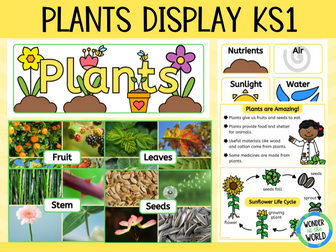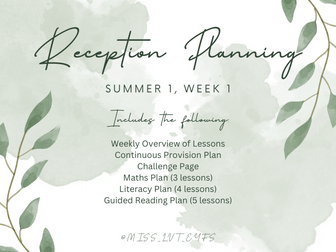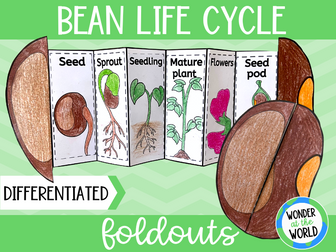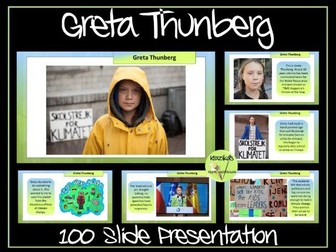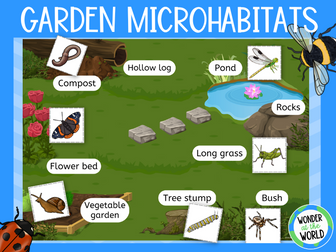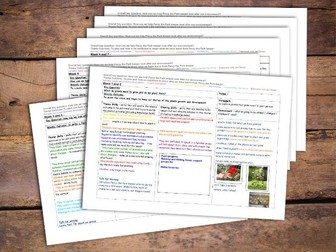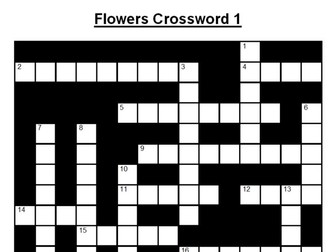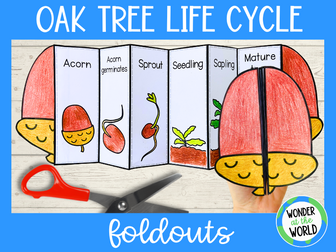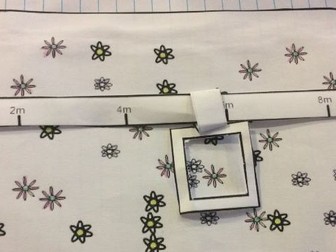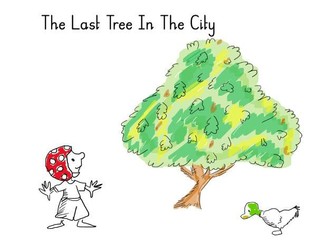
Plants classroom display pack for KS1 science including posters and board title
This KS1 plants science display is designed for you to print, trim and mount with minimum fuss. Depending on the space available, you could use all the pages, or just pick the most relevant for your class.
Here’s what’s included:
‘Plants’ title over 2 pages. Print, trim, and join together.
9 full-page colour photo posters of parts of a plant (flowers, leaves, stem, seeds, roots, fruit, branches, buds, and trunk). These are also included 2-to-a-page.
Poster detailing why plants are important.
2 life cycle posters (tomato and sunflower)
What plants need to grow (over 2 pages). Cut out individual parts and group together.
Deciduous and evergreen trees posters x 2
An ‘our work’ sign for displaying with children’s work.
In total, there are 20 pages to choose from. UK and US paper sizes included (US version uses a different font to that shown in the preview).
